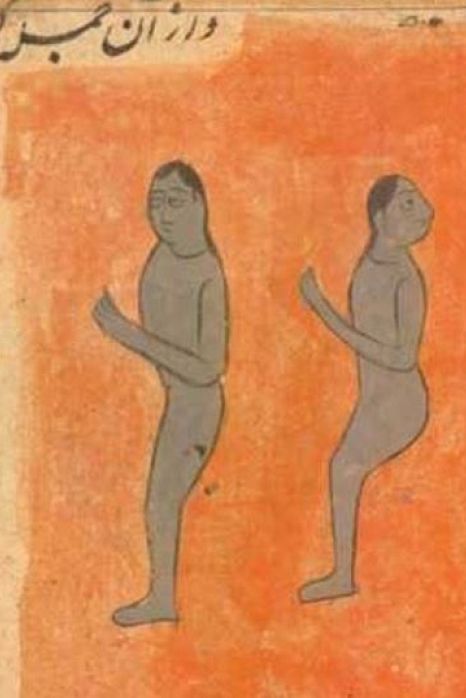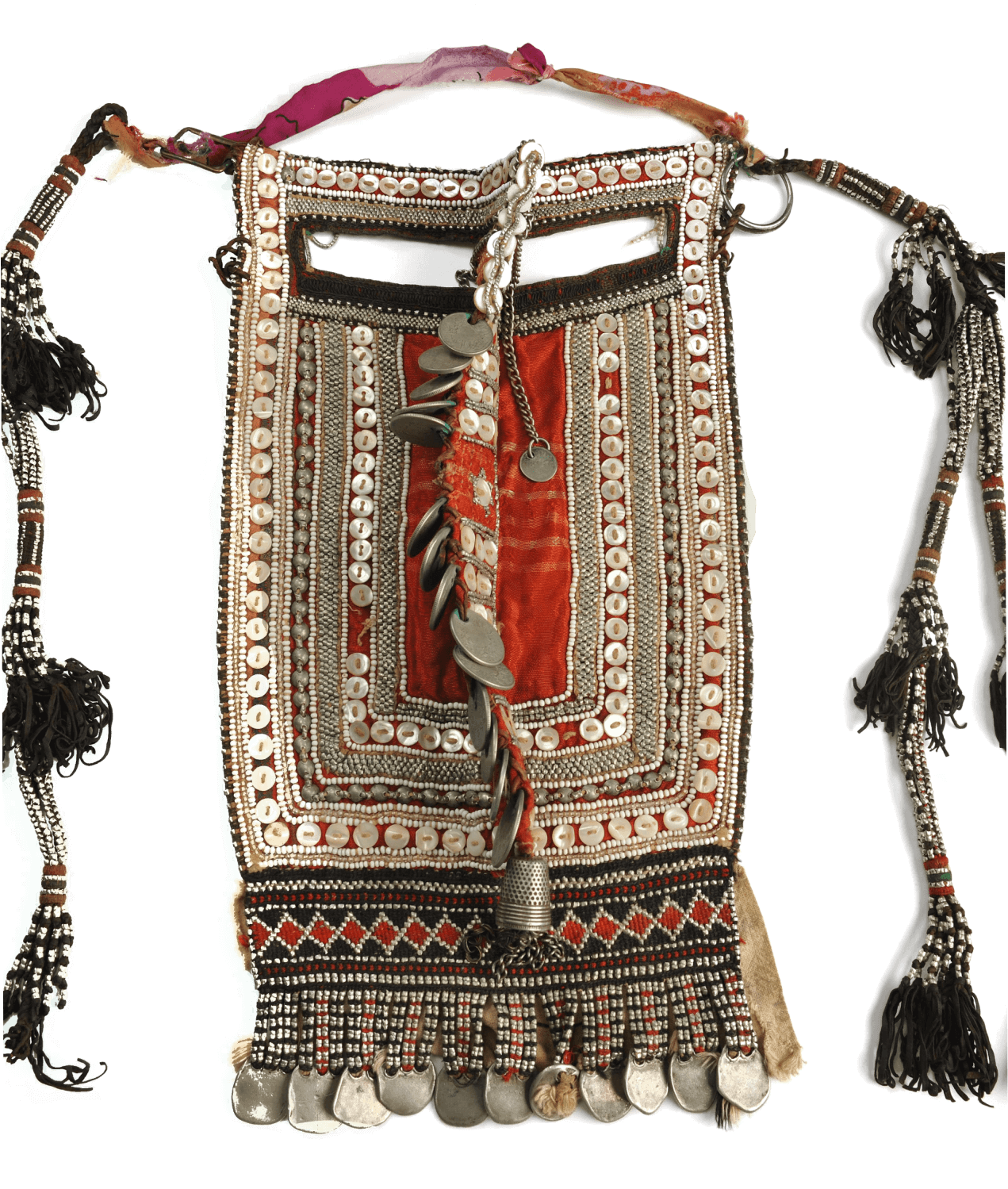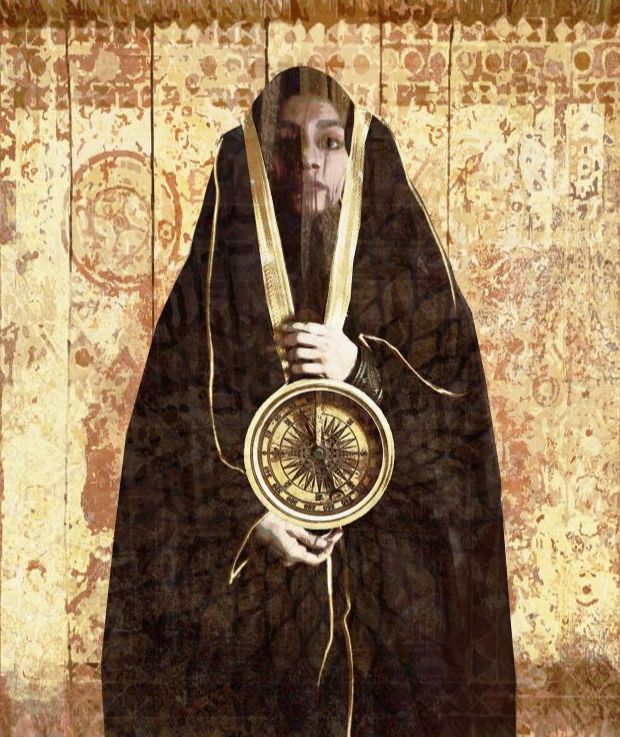Denizens of the Desert Nasnas
Photograph from Ahmad Dialdin.
in that there will always be half a dozen versions of the truth, but in that grayness lies the beauty of imagination and storytelling. While our deserts may be sparse in life and vegetation, the sights and sounds in the vast emptiness of our oceans of sand would engender their own fantastical creations. Pre-Islamic Bedouin saw jinn as the virtual owners of the land.
Travelers would camp in places around the vastness by putting themselves under the protection of the jinn there. It would be no surprise then that legends say jinn took possession of the land where once the ill-fated city of pillars Iram had been. Strange jinn-like creatures called the Nasnas started to roam the land. With only half a head, one eye, one hand and one leg, some would say that the Nasnas were actually the former citizens of Iram, punished and transformed into these strange beings.

Traditional ancient reindeer illustration, Sámi.
No one would dare to enter the area and the Nasnas destroyed anything that had previously grown there. Several old Arabic tomes talk about the Nasnas, but most recently Edward Lane discussed them in his notes for his translation of The Thousand and One Nights. He relayed how the Nasnas are potentially the offspring of a shiqq demon (known to prey on travelers) and a human, resulting in the half being that, even with just one leg, can hop “with much agility.” He also mentioned that sometimes the half-face would be embedded in their chest and have the tail of a sheep.
Other countries boast their own versions of the Nasnas. The Greeks have the monopod (or skiapod), a dwarf-like creature with a single, large foot extending from a leg centered in the middle of their bodies. But the Scottish version bears a closer resemblance to ours, which is described as having a single eye in the middle of its face, a single hand protruding from its chest instead of arms and a single leg emerging from its central axis. When one stands under the sun in the harsh mirageriddled terrain, it is no wonder one’s imagination may wander and just perhaps, a strange creature or two would appear out of nowhere.


